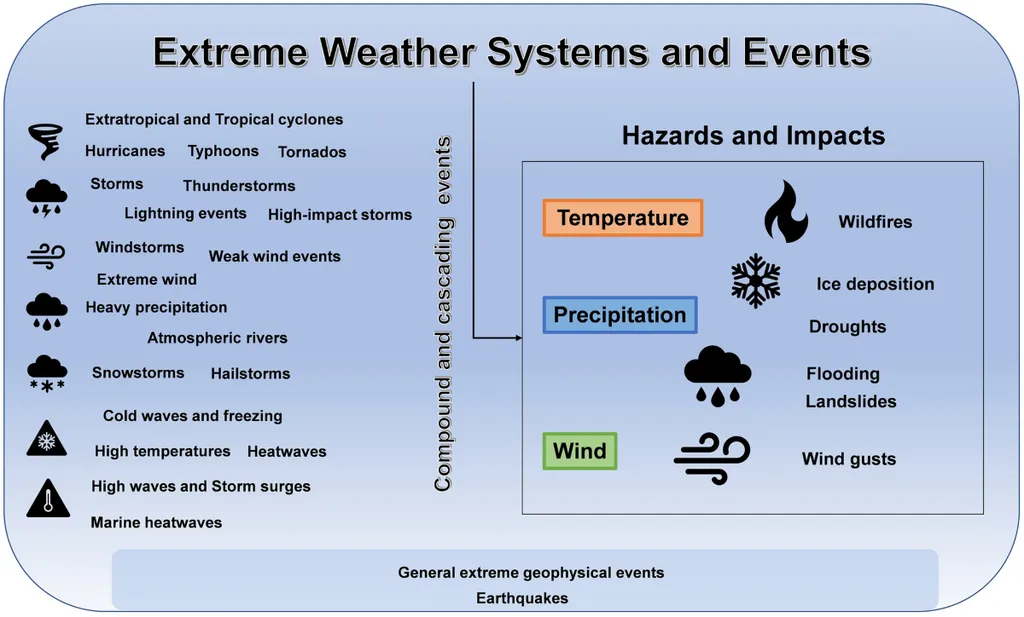As extreme weather events become more frequent and severe, the stability of urban power distribution systems faces unprecedented challenges. A recent study led by Dongli Jia from the China Electric Power Research Institute proposes a groundbreaking two-stage restoration strategy aimed at enhancing the resilience of power distribution networks (DNs) during heavy rainstorm disasters. Published in the journal “Energies,” this research is not just an academic exercise; it has significant implications for the energy sector’s ability to maintain reliable service amidst increasingly chaotic weather patterns.
Urban flooding, often exacerbated by aging infrastructure and inadequate drainage systems, has led to catastrophic failures in power and transportation networks. For example, in August 2023, a heavy rainstorm in Zhuozhou City, China, resulted in widespread power outages that affected nearly 97 neighborhoods. Such incidents highlight the urgent need for effective restoration strategies that can mitigate damage and expedite recovery.
Jia’s research introduces a novel grid-based modeling approach that captures the dynamic interplay between DNs and transportation networks (TNs) during heavy rainstorms. By accurately simulating the impacts of flooding on both systems, the study provides essential insights into how to manage these interconnected infrastructures. “Our approach enables us to understand the compound effects of rainfall intensity on both transportation and power systems, allowing for more effective disaster response,” Jia explains.
The proposed restoration strategy consists of two distinct stages. In the disaster progression stage, soft open points (SOPs) are utilized to allow flexible reconfiguration of the DN, which is crucial for minimizing load loss. Once the storm has passed, mobile energy storage systems (MESSs) and repair crews are optimally dispatched, taking into account the state of the TN to accelerate power restoration. The experimental results indicate that this method can reduce load loss during restoration by an impressive 8.09% compared to traditional approaches that do not incorporate detailed modeling of TNs and DNs.
The implications of this research extend beyond immediate disaster recovery. By improving the resilience of urban power systems, energy companies can not only enhance service reliability but also potentially reduce economic losses associated with outages. The integration of MESSs and SOPs into restoration strategies could pave the way for a more flexible and responsive power grid that is better equipped to handle the challenges posed by climate change.
As cities continue to grapple with the realities of extreme weather, Jia’s findings could serve as a blueprint for future developments in energy infrastructure. The study emphasizes the importance of coordinated resource management and highlights the need for innovative solutions in a landscape increasingly defined by uncertainty and risk.
In a world where the weather can disrupt lives and livelihoods, the work of Jia and his team offers a beacon of hope. By fostering a deeper understanding of the interdependencies between transportation and power systems, they are not just addressing the challenges of today but are also laying the groundwork for a more resilient and sustainable energy future. This research, published in “Energies,” underscores the critical need for the energy sector to adapt and evolve in response to the changing climate.




